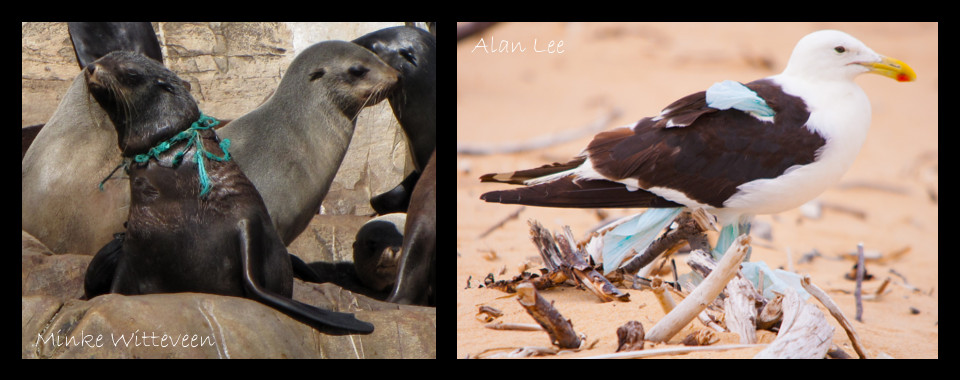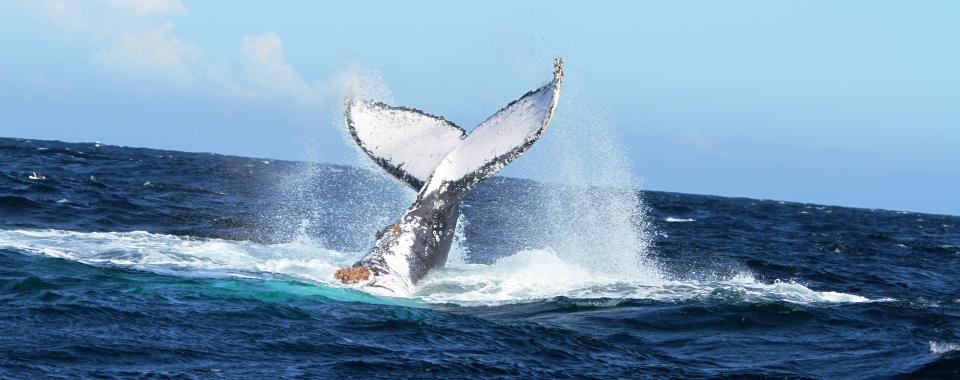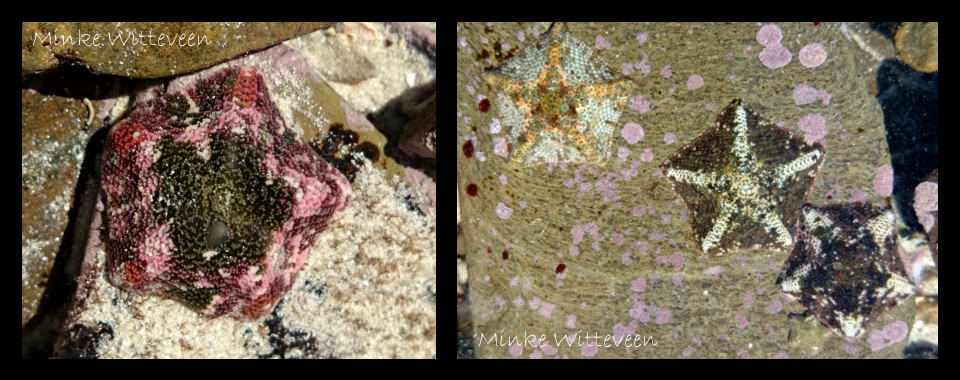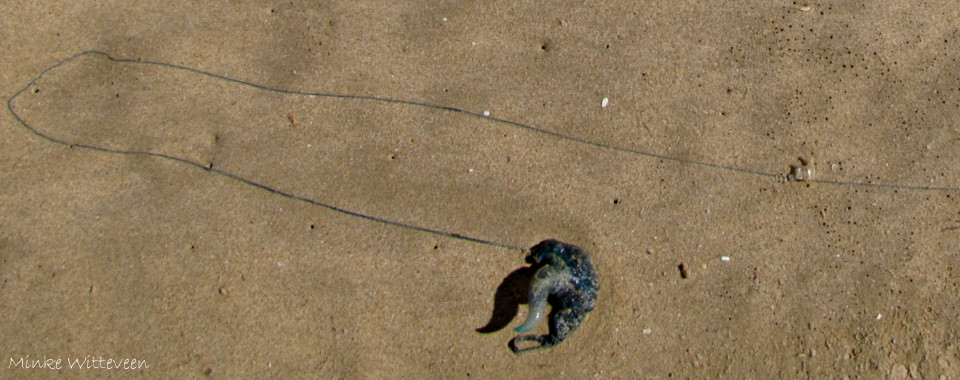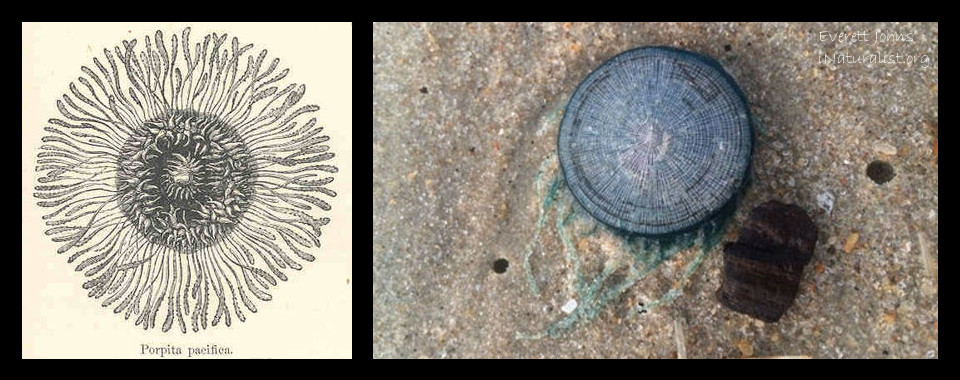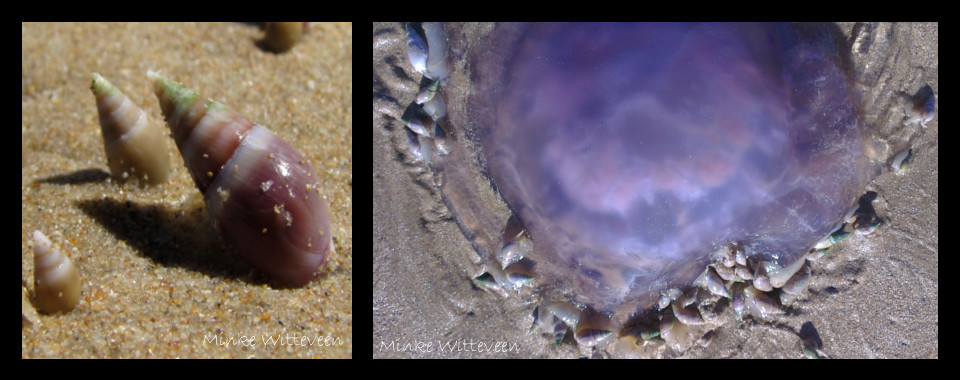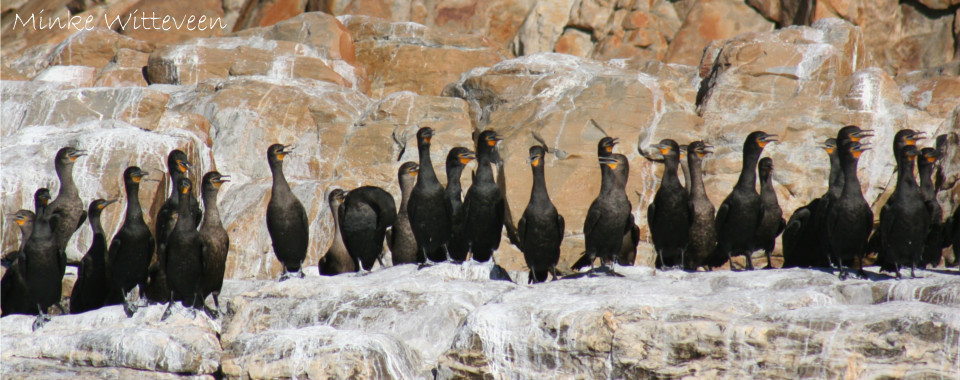Litter is a pervasive problem in the natural environment, but one man’s junk is another man’s treasure. What ingenious uses of recycled plastics can you come up with?
Weather prediction for this week is: Wednesday 04th November 2015 Temperature: Min. 18°C Max. 24°C Water Temperature: 17°C Sun Factor: Clear skies Wind Speed: 20km/h ENE am; 30 km/h ESE pm Swell: 2.6m S am; 3m ESE pm Tides high 10h45 23h16 Tides Low 03h12 17h33 Thursday 05th November 2015 Temperature: Min. 26°C Max. 31°C READ MORE
Beginning in the late Summer and early Autumn, we at Ocean Blue Adventures are always excited in anticipation of seeing Humpback Whales passing Plettenberg Bay on their annual breeding migration. Initially, the whales can be seen heading north as they travel to the tropical and sub-tropical waters of northern Mozambique, southern Tanzania and Madagascar READ MORE
The invention of plastics revolutionized the world. Plastics are durable, cheap, lightweight, and strong, and as such, the uses and applications of plastics are endless. As plastic production and use expands, so the plastic items found polluting the environment increase. With an increase in plastics in the marine environment, species are more likely to interact READ MORE
Perusing a rock pool in the intertidal zone will yield a wide variety of sea life, but if you look really closely you can find some hidden treasures camouflaged amongst the algae and rocks. Dwarf cushion-stars Parvulastra exigua are small starfish roughly 2 cm in size, which are found along the Indian Ocean coastline and READ MORE
With a hop, skip, jump or large step, everyone knows to avoid bluebottles Physalia physalis with their unmistakable blue float and long trailing tentacles which deliver a painful sting. Although commonly called bluebottles, individuals of this species are also known as Portuguese men-of-war. The float of the bluebottle averages 10 cm in length, and is READ MORE
Commonly known as sea-money, Porpita pacifica is a blue-fringed disc of roughly 4 centimeters in diameter. This is a species of raft hydroid, a surface dwelling species which uses trapped air to control its buoyancy. While it may appear to be a single organism, P. pacifica is in fact a colonial animal, where a number READ MORE
The smooth plough shell Bullia rhodostoma is a whelk (sea snail) commonly found along our coastline, often scavenging off washed up jellyfish and blue bottles. This species is extremely slow growing and only reaches a maximum size of 5.5cm. They grow quite rapidly in the first year, reaching 1cm in size, but it takes 10 READ MORE
After a particularly bad storm you may find the shell of a paper nautilus Argonauta argo on the beach. This shell is as fragile as the name may suggest, and is secreted by the female paper nautilus, which is in fact an octopus. The delicate shell is white, patterned with wave-like ridges, and has two READ MORE
There are 15 species of seabirds that breed within southern Africa, of which the endemic cape cormorant Phalacrocorax capensis is one. Cape cormorants are one of the smaller cormorants found in the region. Adults of this species are uniformly black, with a bright yellow-orange gape at the base of the bill, which is grey-black. Cape READ MORE


